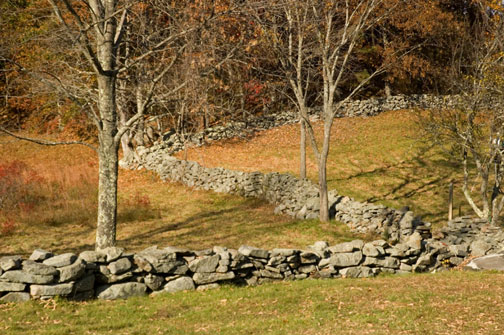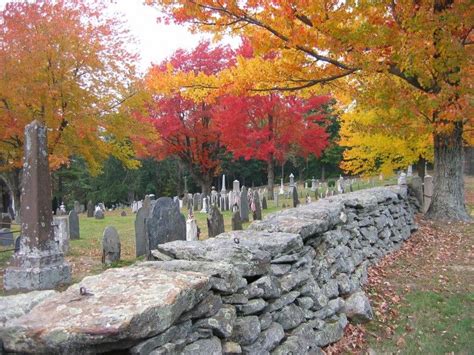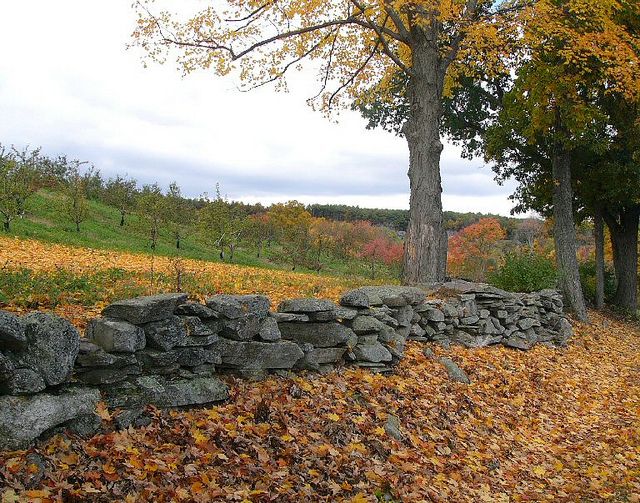
In the picturesque landscape of New England, where rolling hills and dense forests converge, an often overlooked relic of American history stands as a testament to the perseverance and ingenuity of its early settlers. The stone walls that crisscross the region, once functional boundaries and markers, now serve as silent storytellers of a bygone era. As important as any cave drawing or raised mound, these walls offer a glimpse into the past, revealing the who, what, when, where, and why of their existence. In this article, we will explore the rich history of New England stone walls and shed light on their significance in American heritage.
The Who:
New England’s stone walls were built by the hands of farmers, settlers, and laborers who toiled tirelessly to clear the land and establish their homesteads. These hardworking men and women, often of European descent, arrived in the New World seeking a fresh start and a better life. Through backbreaking labor, they meticulously assembled these walls using the abundance of glacially deposited rocks found throughout the region.

The What:
New England stone walls are more than mere boundaries. They are intricate works of craftsmanship, constructed without mortar or cement, using a technique called dry stone walling. This method involves stacking rocks one upon another, carefully interlocking them to create sturdy structures that could withstand the test of time. These walls were primarily built for agricultural purposes, such as marking property lines, enclosing livestock, and protecting crops from wandering animals.

The When and Where:
The construction of New England stone walls peaked during the 18th and 19th centuries, when agriculture flourished in the region. The stone walls can be found throughout the six New England states—Connecticut, Maine, Massachusetts, New Hampshire, Rhode Island, and Vermont. These walls stretch across vast landscapes, weaving their way through forests, fields, and even mountainsides. They serve as a constant reminder of the toil and determination of the early settlers who shaped the land.
The Why:
The reasons behind the prevalence of stone walls in New England are multifaceted. The primary factor was the abundant presence of glacially deposited rocks, a result of the retreat of the last Ice Age. Farmers faced the arduous task of clearing their land to make it suitable for agriculture, and the rocks that dotted the soil became obstacles that needed to be removed. These rocks, once painstakingly extracted, were repurposed into walls, serving both practical and symbolic purposes. Stone walls represented hard work, resilience, and the triumph of man over nature.
Despite their historical and cultural significance, New England stone walls often go unnoticed or underappreciated. They stand as enduring monuments to the region’s agricultural heritage, embodying the spirit of the early settlers. Just as cave drawings or raised mounds are celebrated for their connection to ancient civilizations, stone walls deserve recognition as well. They offer a tangible link to the past, reminding us of the struggles and triumphs of those who came before us.

New England stone walls are not mere remnants of a forgotten era; they are underrated and overlooked relics of American history. They symbolize the determination, hard work, and resilience of the early settlers who built them. As important as any cave drawing or raised mound, these walls deserve our appreciation and recognition. They offer a glimpse into the past, tell a story of perseverance, and connect us to our cultural heritage. Let us not overlook these silent witnesses of history but instead cherish and protect them as enduring reminders of our roots.

